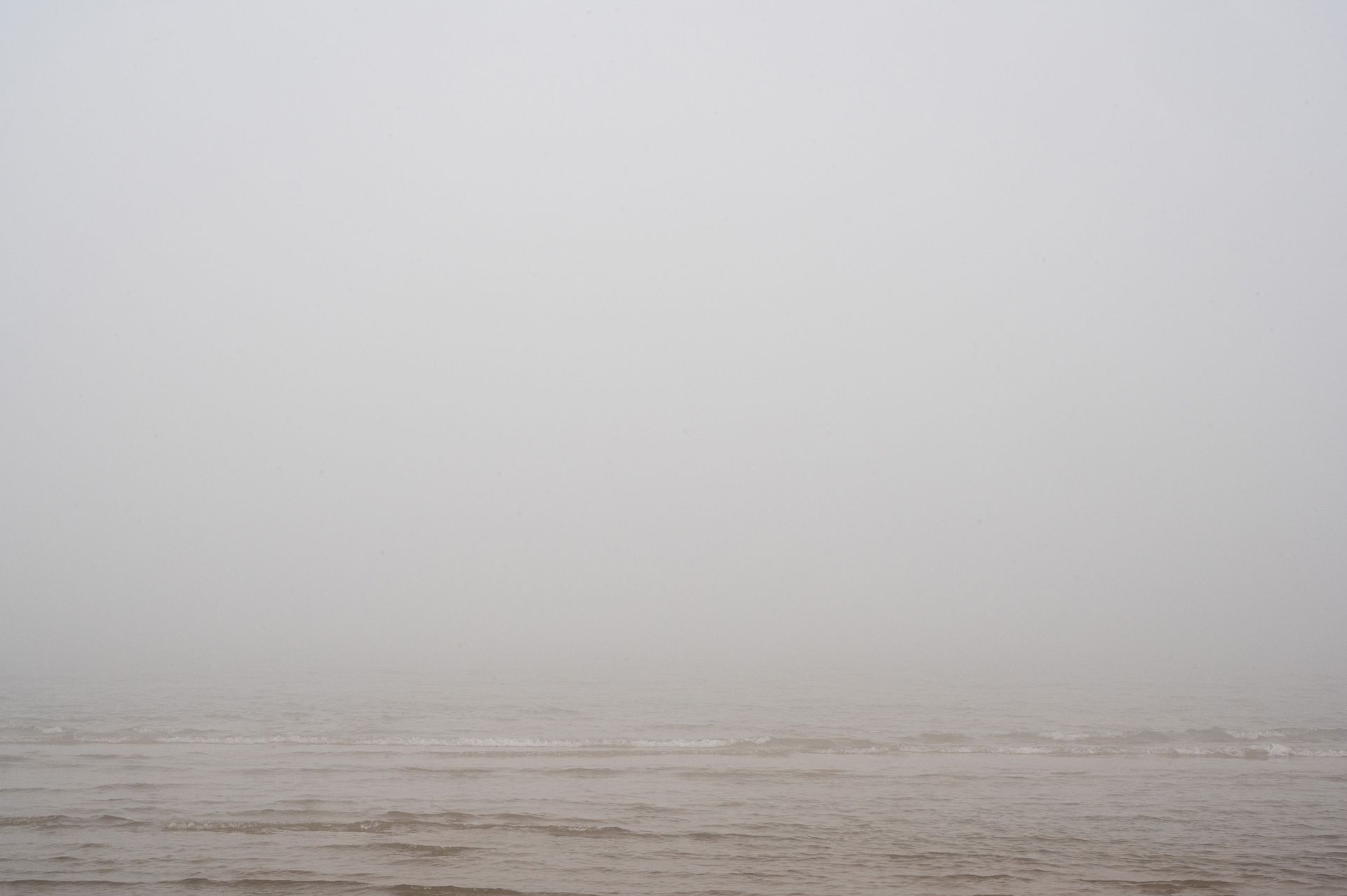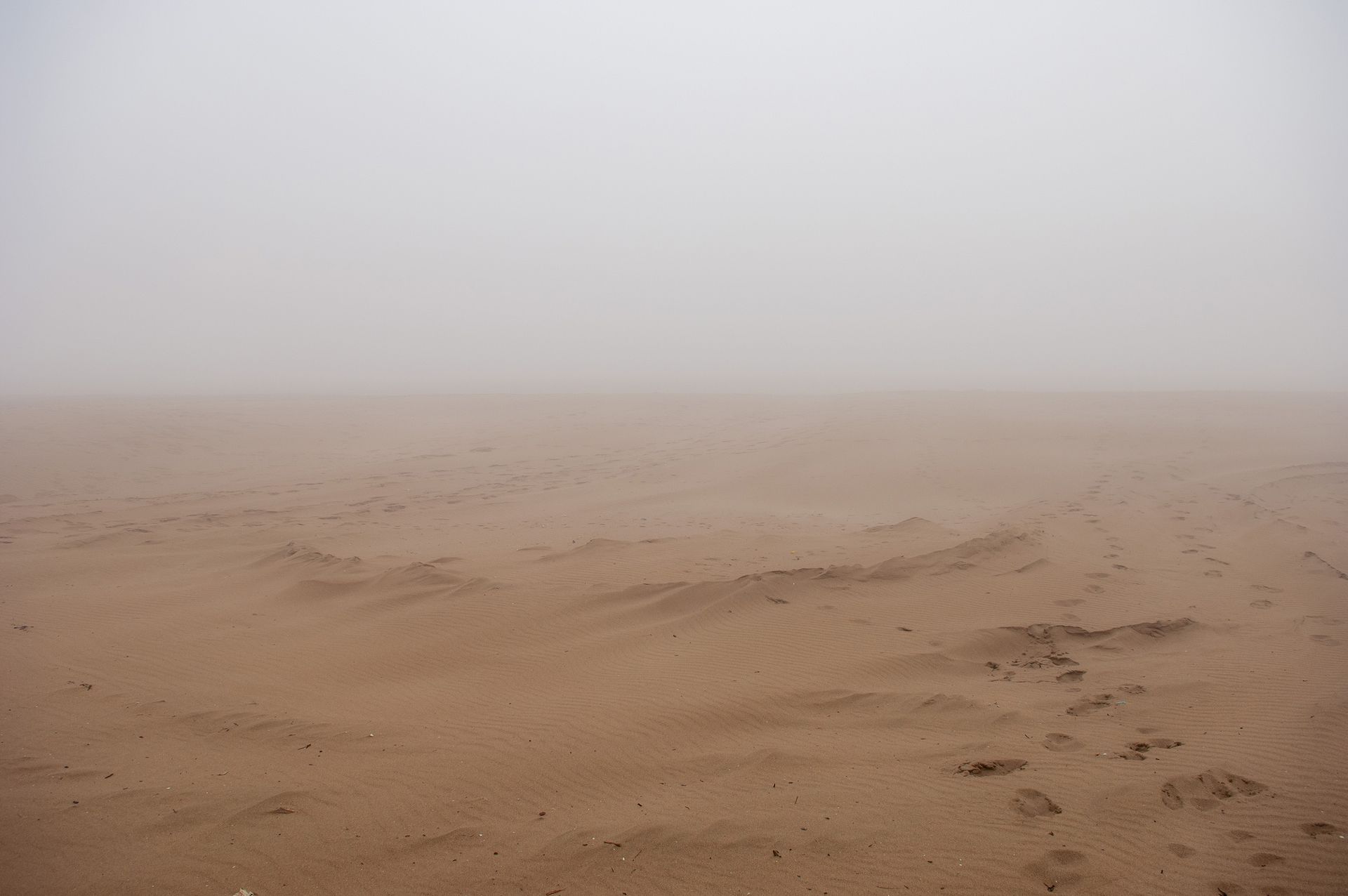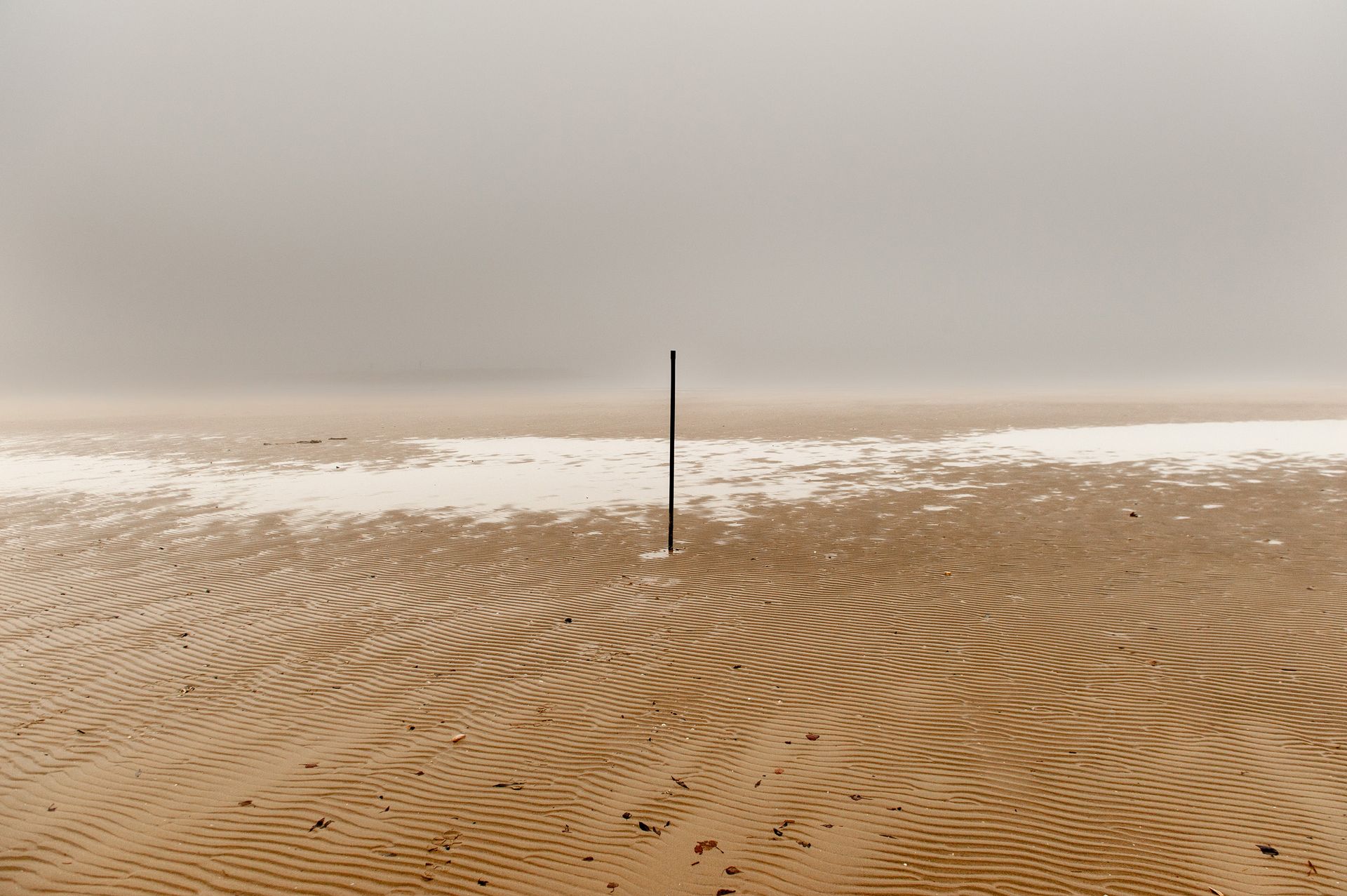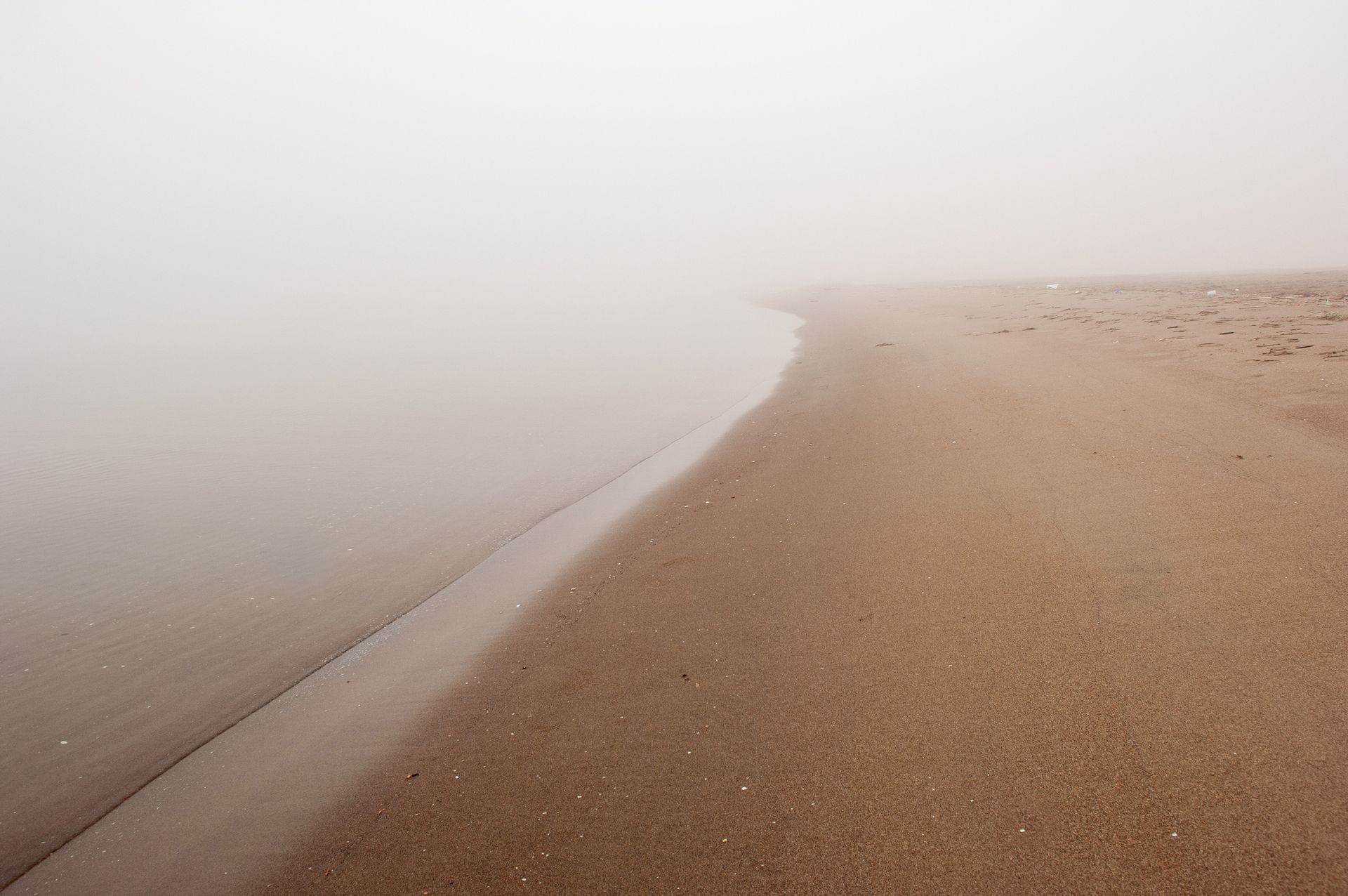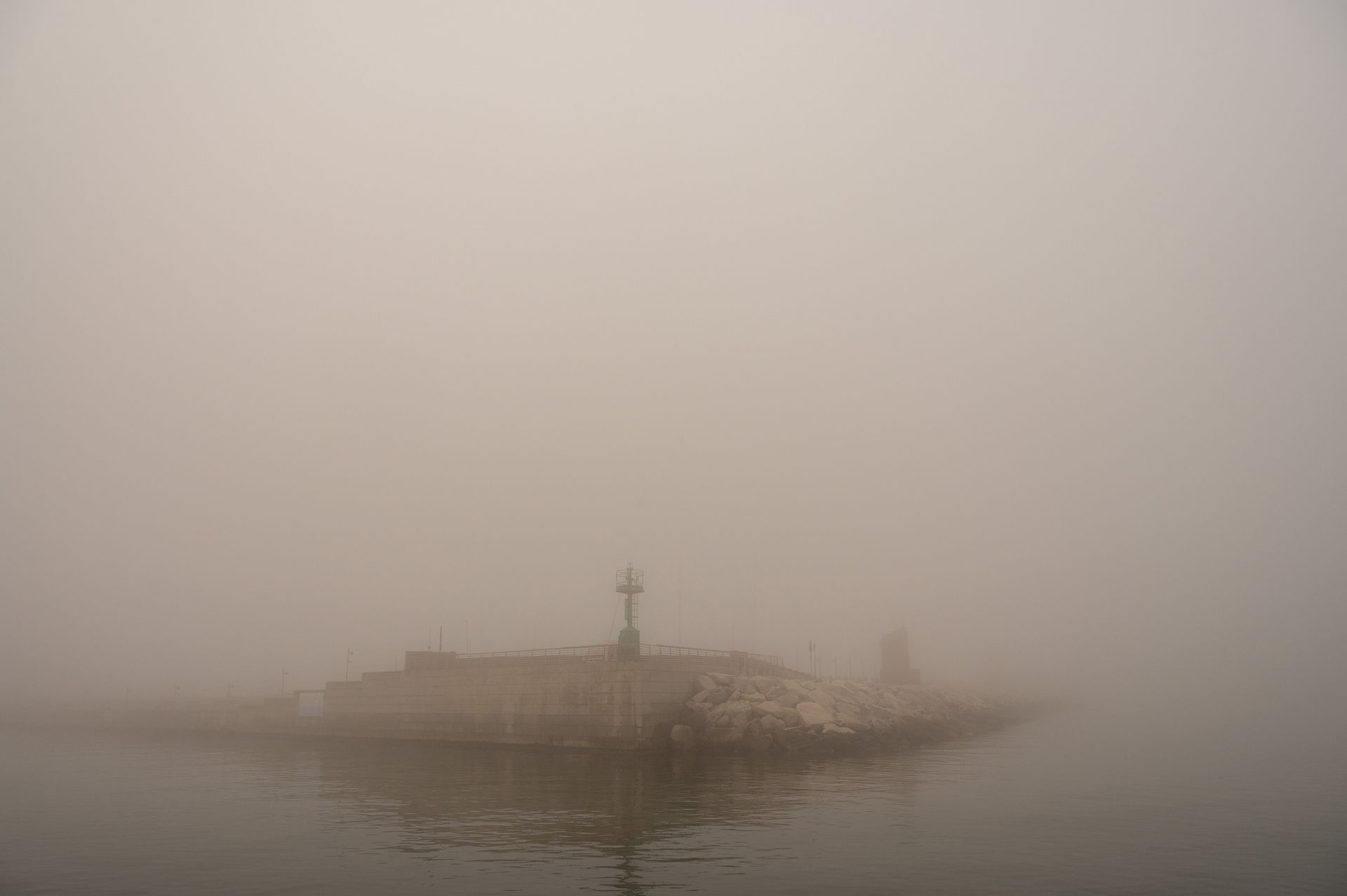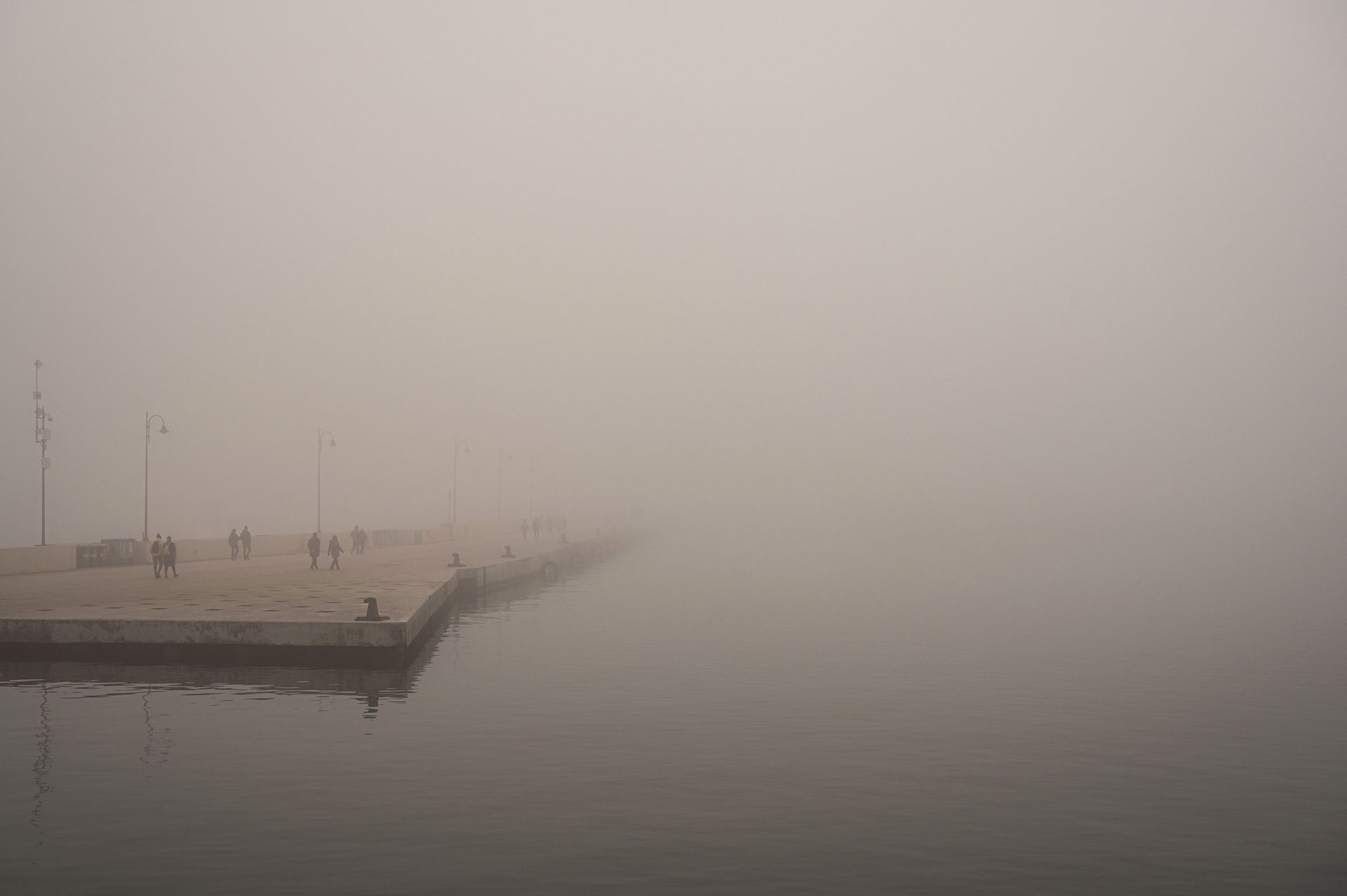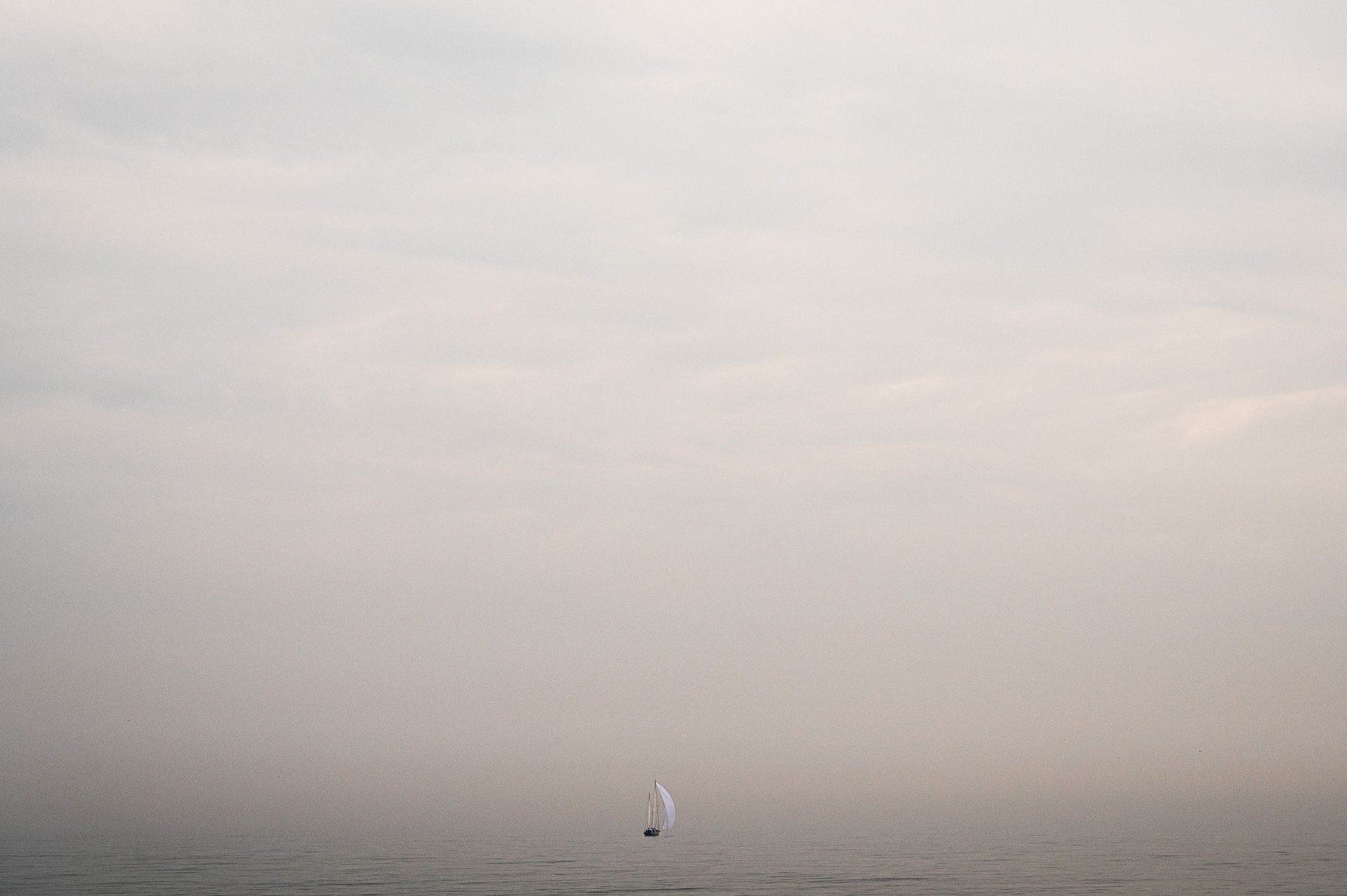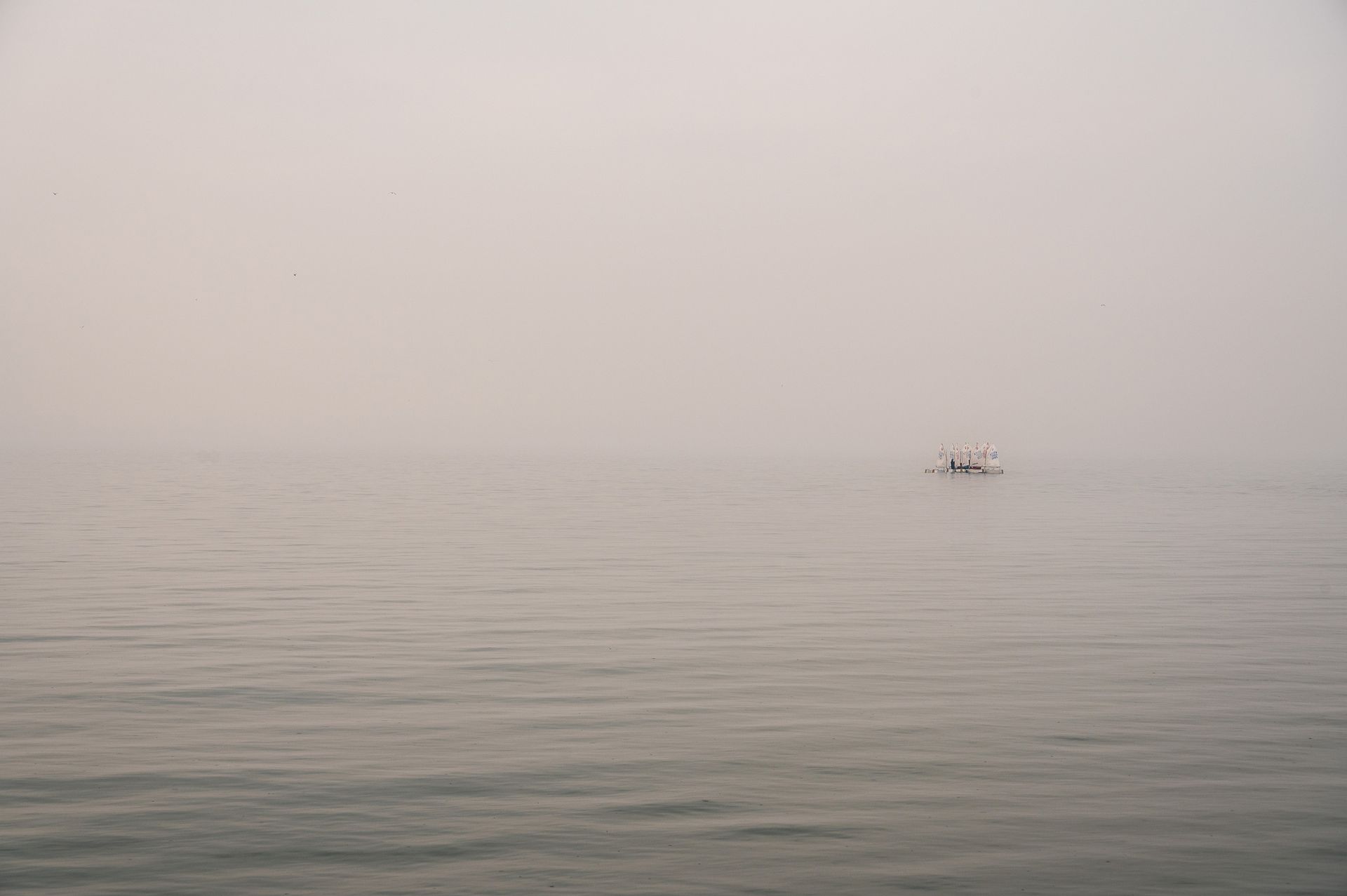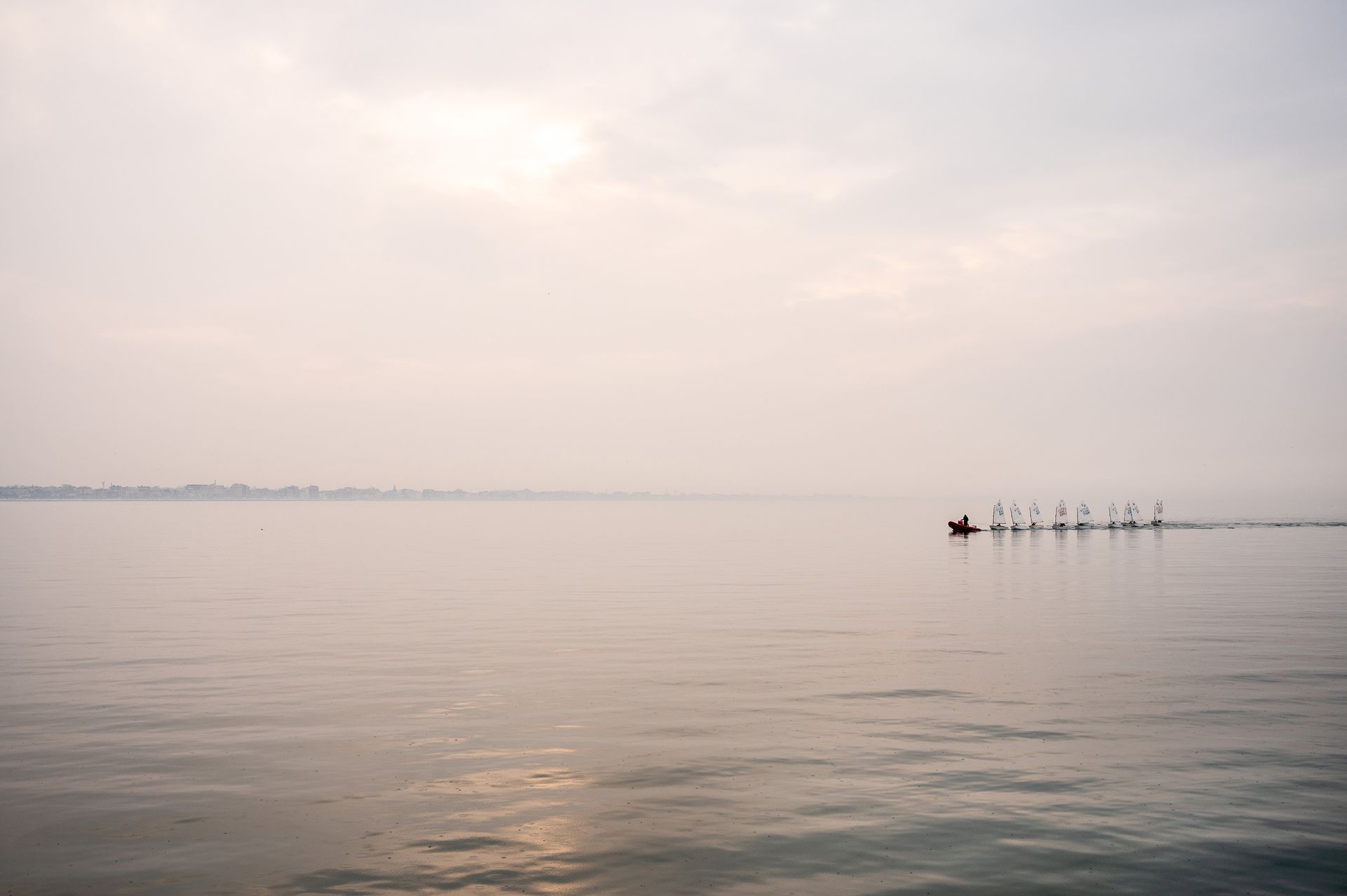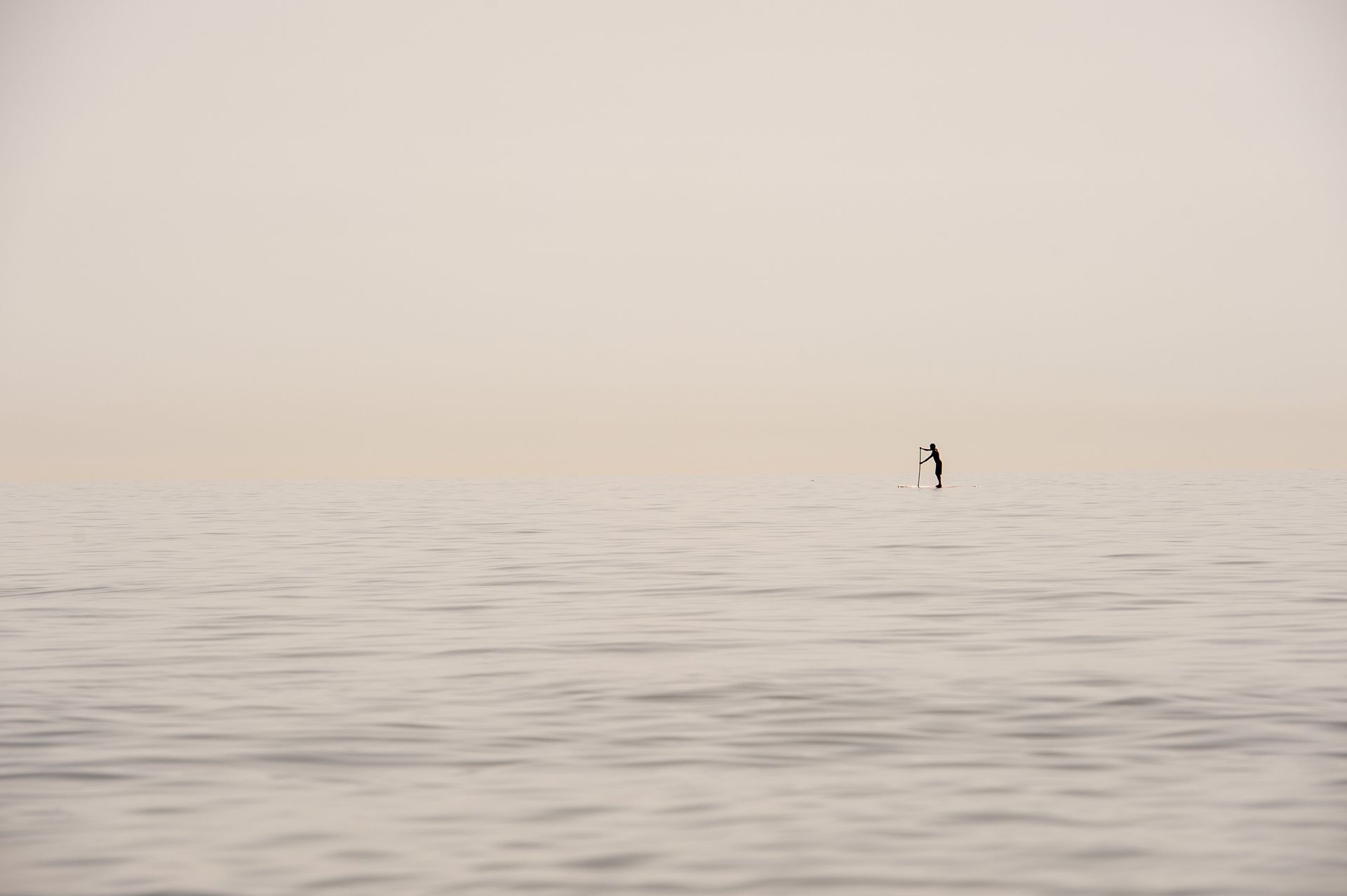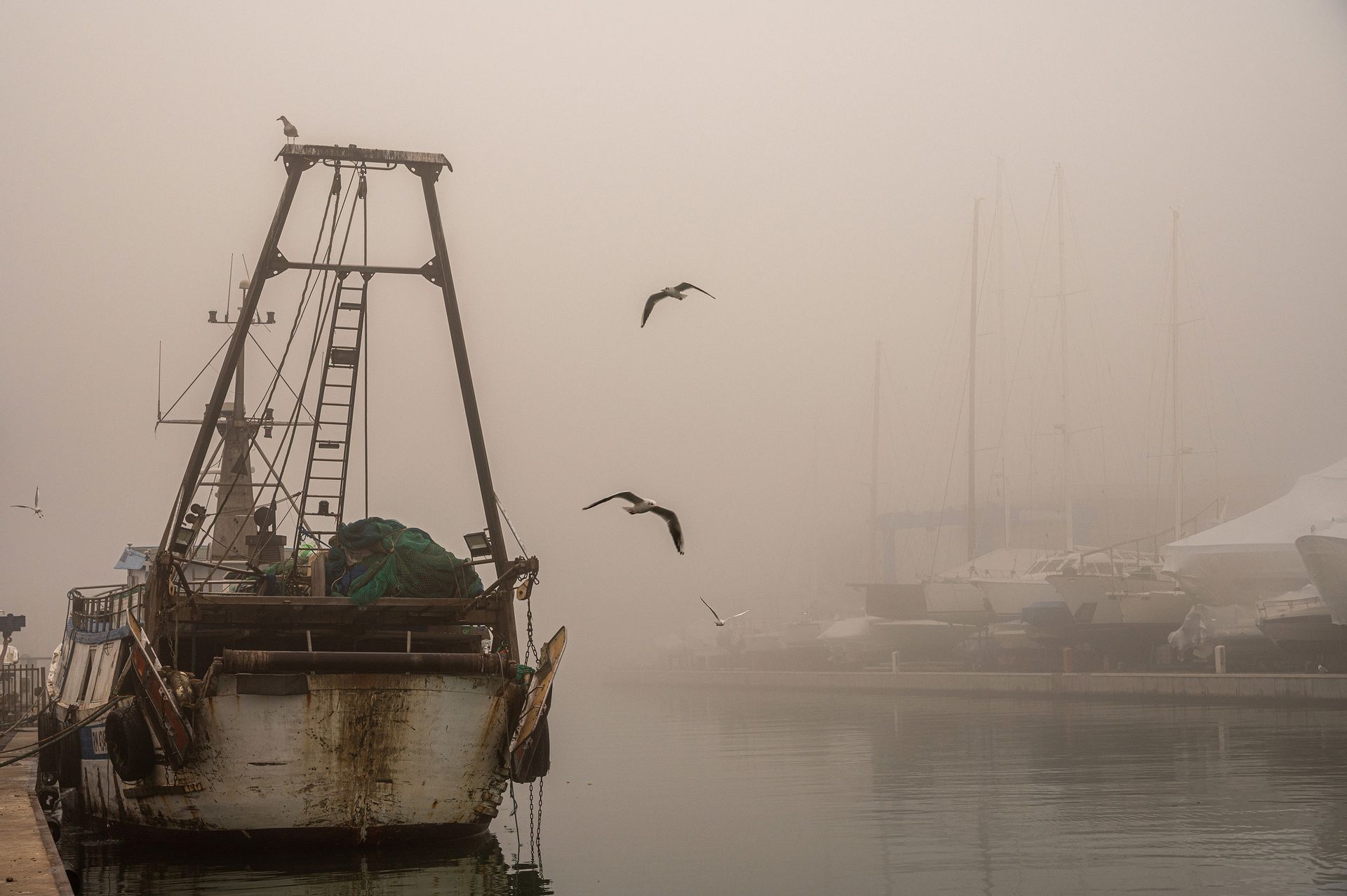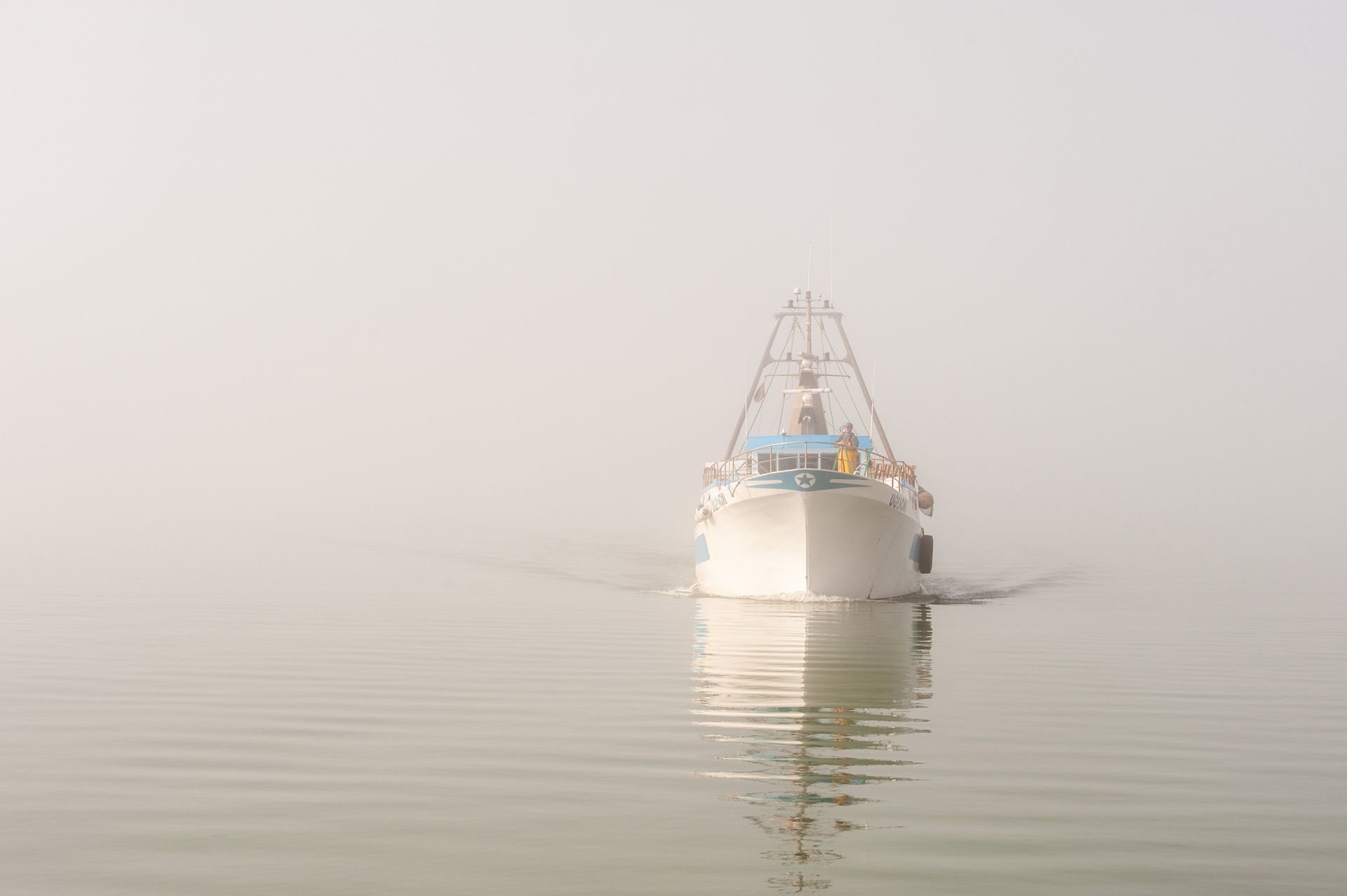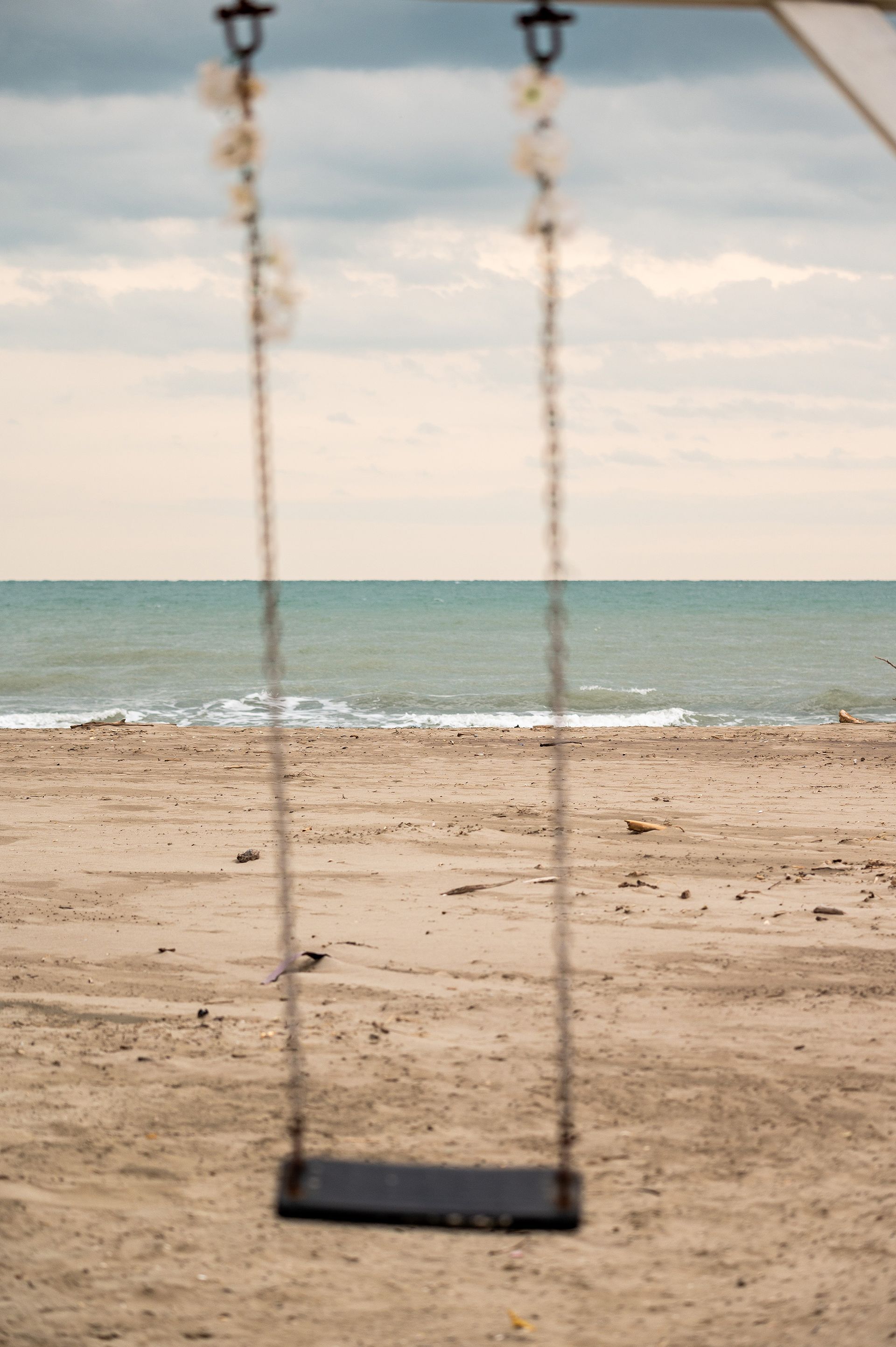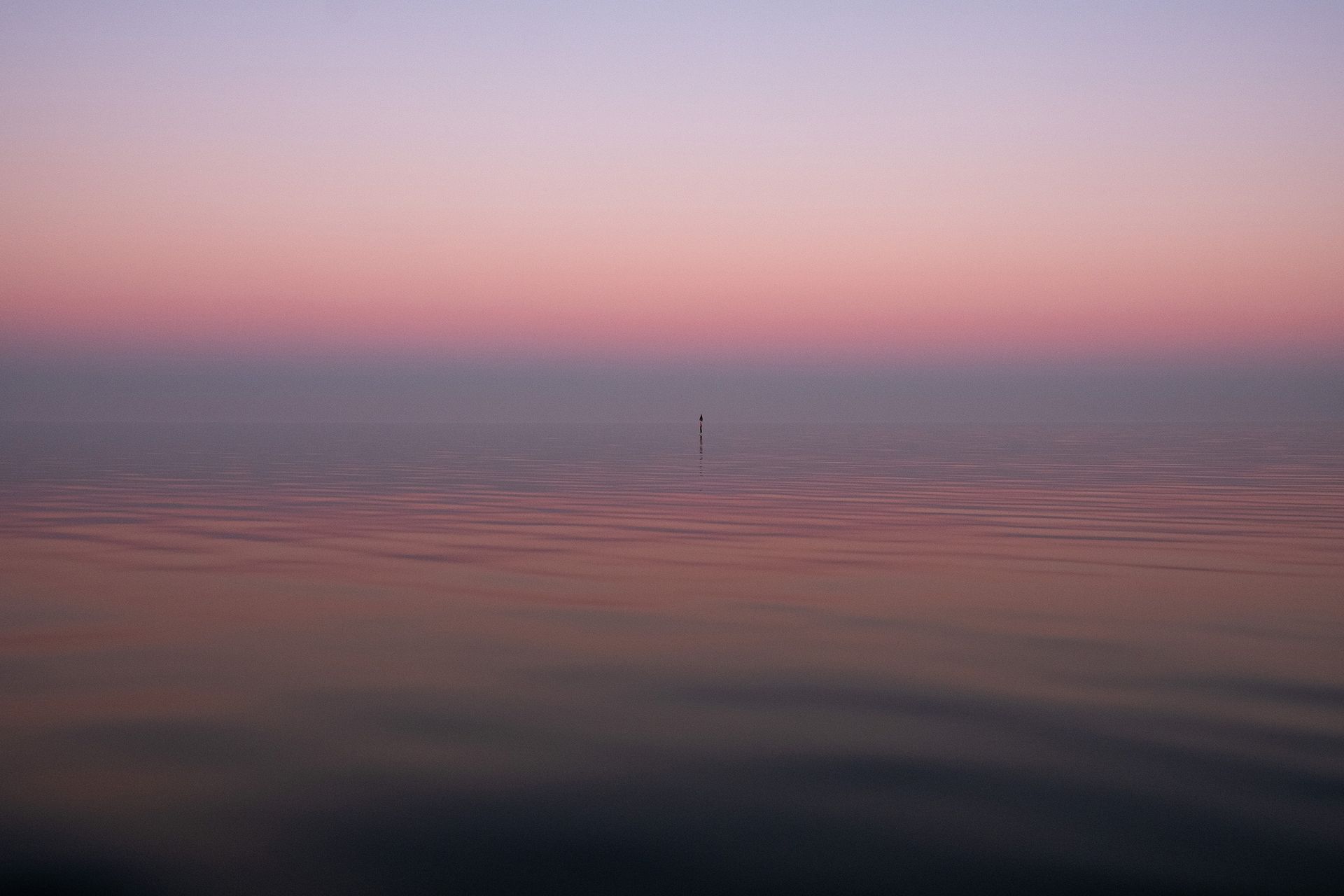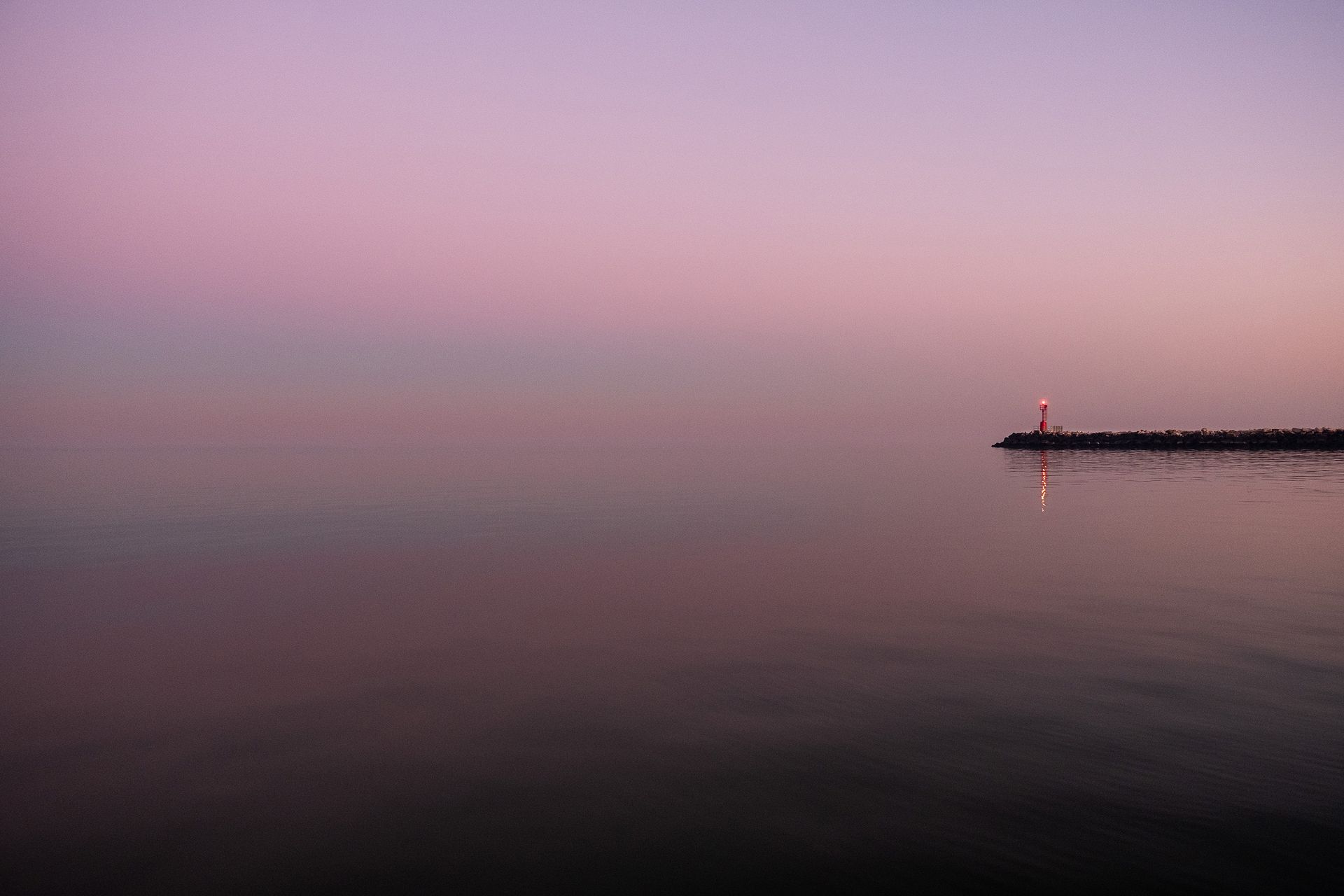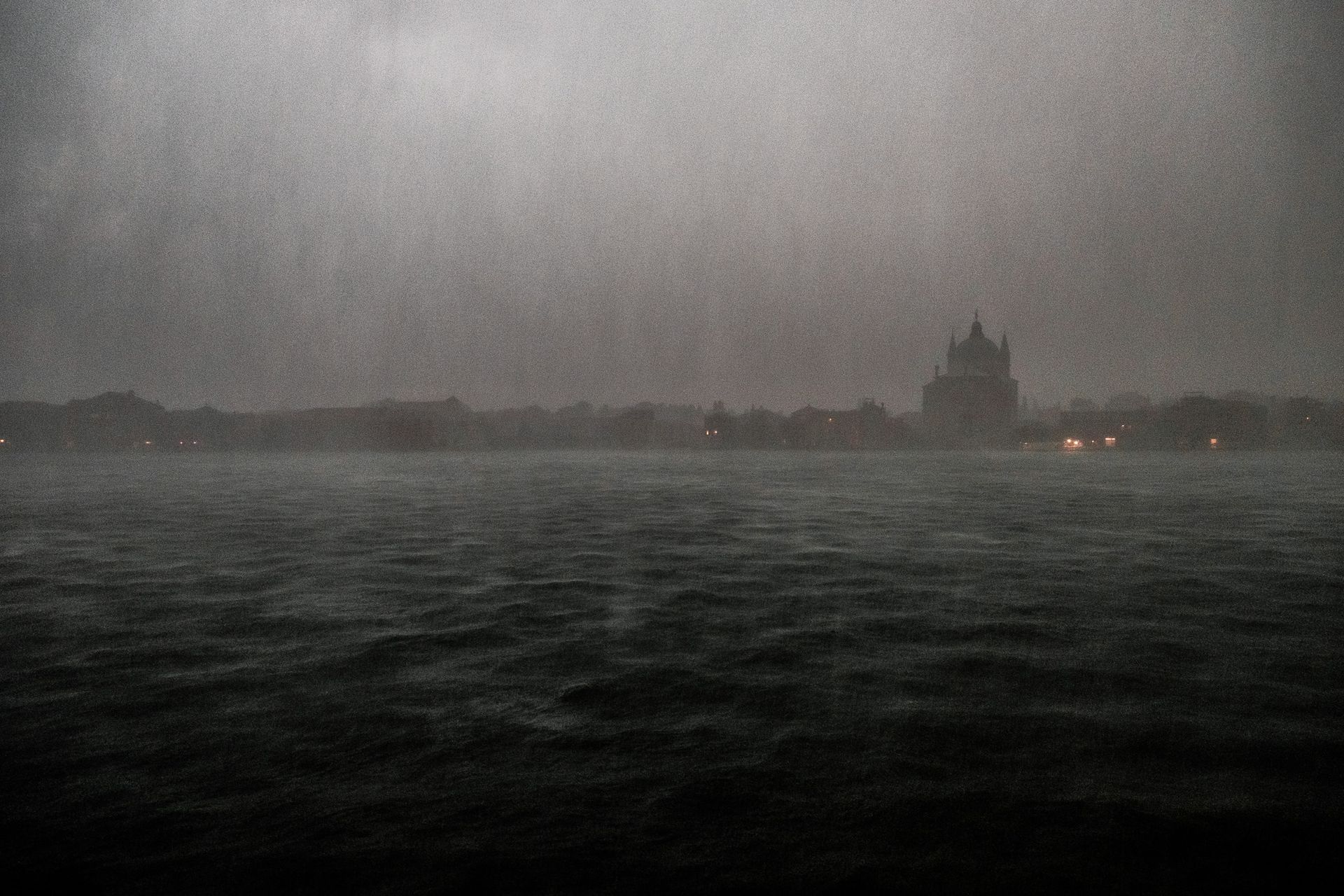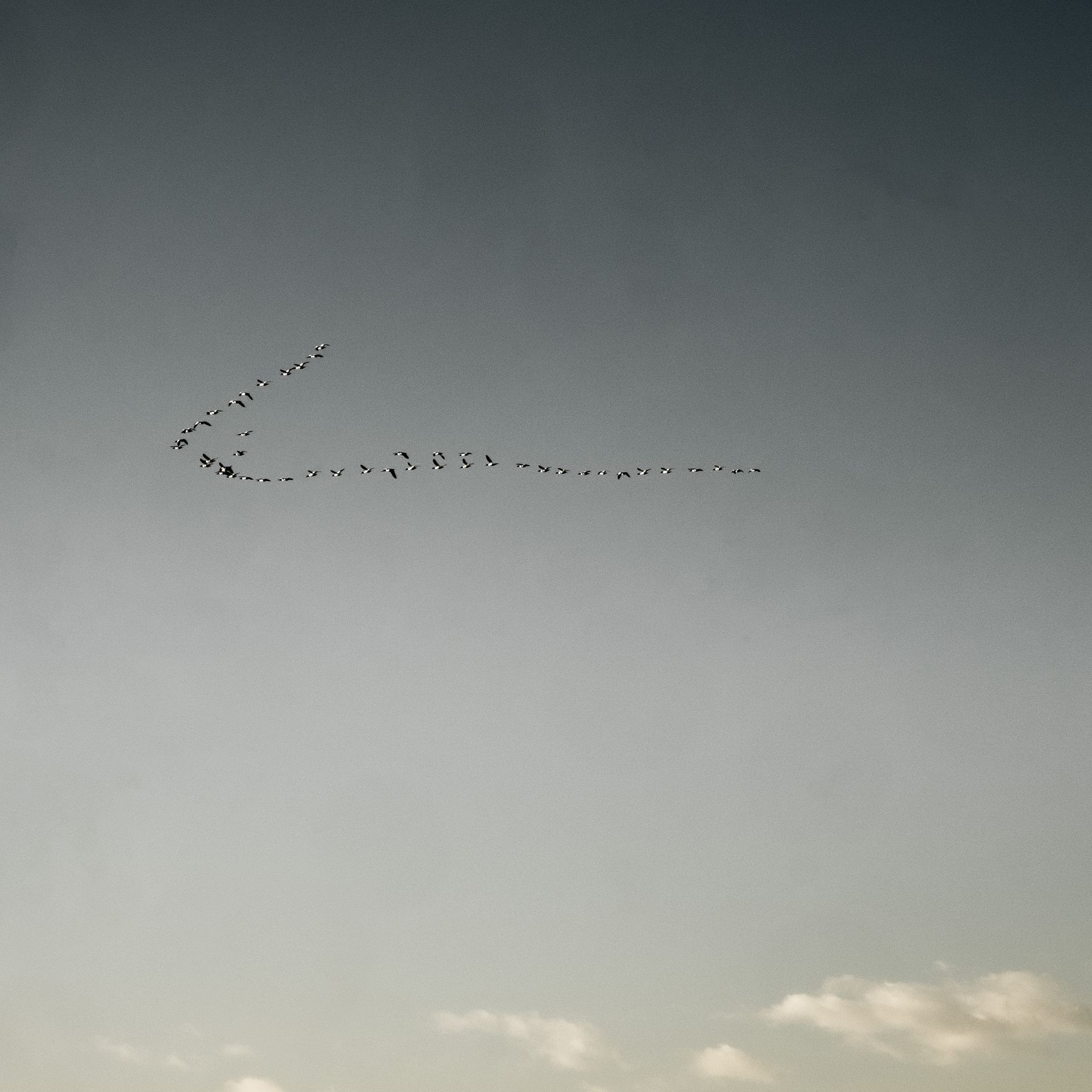ISABELLA BALENA
Isabella Balena, born in Rimini in 1965, lives in Milan. She was Gabriele Basilico's assistant and has been a freelance professional since 1991.
He has worked for some of the main Italian and foreign periodicals dealing with social reportage and portraiture but also exploring architecture and landscape. For some years he has tried to explore themes related to contemporary history and the dynamics
social even in areas of crisis and conflict. He believes that photography finds its essence when it manages to be the “voice and gaze” of an otherwise invisible community.
He has worked in many conflict areas including Iraq, Somalia, Kenya, former Yugoslavia, Mexico and South America, Albania, India, the Middle East.
In 1992 she was featured in the Kodak European Panorama of Young Photographers and in 1994 she participated in the first Masterclass of the World Press Photo Foundation in Rotterdam.
From 1996 to 1998 she was a photographer for the weekly magazine D La Repubblica delle donne.
He has documented the projects of some NGOs in Asia and the Middle East.
Between 2000 and 2004 he carried out a long personal project, Ci resta il nome – I luoghi della memoria della Seconda Guerra Mondiale in Italia, published by Gabriele Mazzotta and on which a documentary was also made by the director Marco Segato with the participation of the actor Marco Paolini (2007) and the cellist Mario Brunello distributed by RaiStoria and a travelling exhibition.
In 2010 she was selected, together with others, by the Ethnographic Institute of the Sardinia Region to create images of the island and in 2015 and 2016 by the Lombardy Region.
She participates in numerous collective projects on current and social issues, including Quotidiano al femminile, Amianto mai più, Voci nella città, Suite Sarajevo, Sismycity, Sinthesys. Storie di persone e transplanti.
In 2012, together with the surgeon Cristina Garusi, she published A seno nudo, an important work on breast reconstruction techniques following tumor surgery.
His works are present in important public and private collections such as the Museum of Contemporary Photography, the Art Collection of the Farnesina-Ministry of Foreign Affairs and Cooperation, the Donata Pizzi Collection and others.


